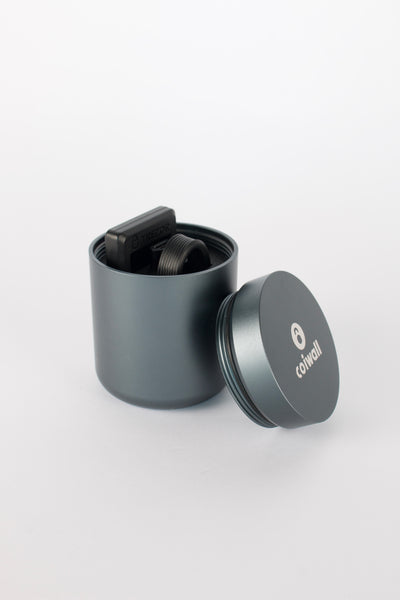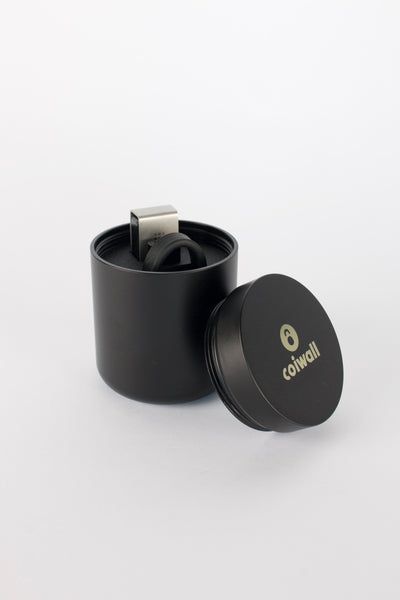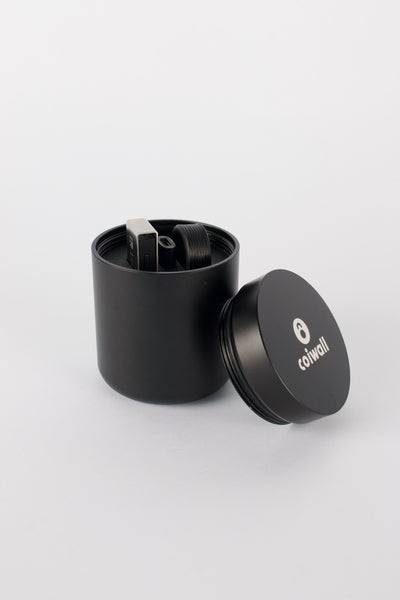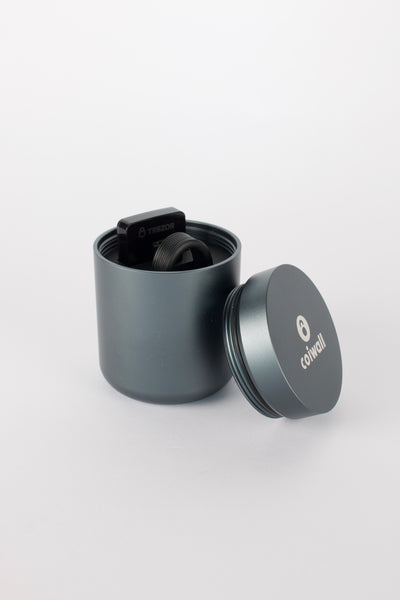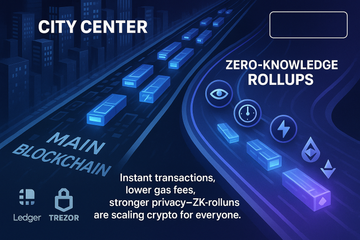You ever get that feeling of déjà vu when waiting for a blockchain transaction to clear? Like you’ve ordered a pizza, but instead of a hot slice, you get an hourglass—or worse, a blank stare from your wallet app. It's enough to make anyone question if scalability in crypto is just some pipe dream. But here’s a plot twist for your digital life: Zero-Knowledge Rollups (or ZK-rollups, for the techies among us) are quietly changing the script. They’re the layer-2 sidekicks lifting the heavy computational stuff away from the main blockchain, so things run smoother, faster—and honestly, with a hint of technical magic that feels just a bit like sci-fi. Let’s unravel what these rollups are, why the big brains in crypto swear by them, and where Ledger and Trezor fit into the whole adventure.
First things first: What on earth is a Zero-Knowledge Rollup?
Let me explain. Imagine the main blockchain—say, Ethereum—as an overcrowded city center. Everyone wants to commute through the same intersection at rush hour. Every transaction, every state change, it all gets stuffed into the same busy ledger. So, what if—just what if—you could move the bulk of those transactions out to the suburbs, bundle them together neatly, and only let the city center (the main-chain) verify the block without checking every single detail? Enter Zero-Knowledge Rollups.
They do exactly that: gather up a pile of transactions, execute them off-chain, and then prove to the main-chain that everything is kosher—without the chain having to re-calculate every step. No lines. No traffic jam. Just proofs.
The secret sauce: Zero-Knowledge Proofs, with a side of privacy
Zero-Knowledge Proofs sound exotic, but the concept is surprisingly approachable. Ever convinced a friend you’re old enough to rent a car without showing them your birthday? It’s like that: you reveal that you know a fact, but never spill the specifics. ZK-rollups leverage these proofs to basically wink at the blockchain—“Trust me, I've checked all the math, and this batch of stuff is valid.”
This adds a layer of privacy, too—not only are computations quicker, but you don't have to lay everything bare for the world to see. Considering the enduring debates on blockchain transparency versus privacy, that's a big deal for more than a few people. It’s not total invisibility, but it gives users a little more cover than you'd get in the wild west of open ledgers.
So why all the buzz?
Because ZK-rollups aren’t just clever—they’re game changers, pushing the entire crypto space toward smoother user experiences. Here’s why the experts (and the Twitter threads) are obsessed:
- Genuinely speedy transactions—we’re talking seconds, not minutes.
- Lower gas fees. Fewer people fighting over block space means you keep more ETH, less to searing miner fees.
- Improved scalability. It’s like shoving a lot more data through a much narrower tube, but somehow still getting it all through.
- Strong security model. The main chain still holds everyone accountable, but without the clutter.
Of course, these rollups aren’t some flawless superhero; there are caveats. Generating those zero-knowledge proofs takes computational muscle. Sometimes, it can feel a bit like nailing a Rubik’s cube in a snowstorm—impressive, but complex, and not always instantly snappy on the backend.
Practical magic: Where do you actually see ZK-rollups?
You know what? The signs are everywhere, if you know where to look. Take zkSync, a favorite among people who’ve had enough of high fees. Or StarkNet, with its snazzy cryptography claims. Then there’s Polygon's zkEVM (basically, Ethereum scaling on beast mode). They’re rolling out wallets, DeFi apps, NFT projects—you name it—all built on the premise that you shouldn’t have to choose between speed and security.
Curious about using a hardware wallet on these solutions? That’s not just possible—it’s encouraged. Ledger and Trezor, the OGs of hardware wallet security, have worked to support Layer-2 solutions like zkSync. For folks who refuse to trust their future to hot wallets, those encrypted, cold-storage devices still play nicely with ZK-powered apps—one less thing to fret about as you explore new scaling frontiers.
But wait, isn’t this all just moving numbers around?
Kind of! But there’s more at stake. Let’s stretch an analogy: if the blockchain is like a giant, public whiteboard, rollups are the notepads everyone scribbles on before posting a summary on that whiteboard. It keeps things organized, lets more people participate, and—let’s be honest—saves a ton of hassle when you just want to buy lunch with crypto or mint that meme NFT.
Security jitterbugs: Should you worry?
No tech is bulletproof. You can always find a skeptic grumbling about new attack vectors or hidden bugs in the math. But here’s the thing: ZK-rollups keep the chain’s main security guard (aka Ethereum’s consensus) in the loop. Each proof submitted is like showing your homework to the strictest teacher in class—they’ll flag anything that’s even slightly off.
The cryptographic heavy-lifting isn’t trivial, though. Mistakes in proof generation or poorly written smart contracts can open chinks in the armor. So, while ZK-rollups are far more robust than older, sketchier scaling schemes, cautious appraisal remains smart. Hardware wallets, again, stand out here. Trezor and Ledger help you keep private keys out of reach from sneaky scripts or phishy dApps trying to act clever on a layer-2 network. Their integration with layer-2 apps isn’t just a tech bullet point—it’s peace of mind, which, if you’ve ever lost a seed phrase, is priceless.
Looking forward: Are ZK-rollups just a fad?
Honestly, I don’t think so. The appetite for faster, cheaper crypto transactions isn’t going away, and developers are betting big on rollup tech—ZK in particular. Watching Ethereum’s roadmap, you see the clues: Their core upgrades are all about making rollups more and more central to the whole network’s future. Rollups are even starting to branch out, scaling Layer-1s that aren’t Ethereum.
Plus, as people get used to snappy layer-2 experiences for swapping tokens, swapping stories about past gas fees starts feeling... quaint. Zero-Knowledge Rollups probably won’t be the end-all magic fix for crypto’s scaling woes, but they’re a heck of a leap forward. If you’re playing in DeFi, trying to snag concert tickets on-chain, or just flexing your NFT collection (no shade), odds are you’ll run into them sooner than you think.
Wrapping up—a note from the peanut gallery
Here’s the bottom line: ZK-rollups might sound like something out of a cryptographer’s fever dream, but for regular folks who’ve ever impatiently refreshed their wallet screen, they’re the secret ingredient behind a better blockchain UX. They’re not perfect, and no one claims they are. But paired with trustworthy friends like Ledger or Trezor for keeping your keys safe as you try out all these new rollup-powered options, crypto ownership gets a whole lot less stressful—and, well, a lot more fun.
So next time you breeze through a transaction and barely have time to blink before it’s done, maybe tip your hat to some faceless, proof-wielding math wizard working behind the curtain. The future of fast, affordable, decentralized tech? It’s rolling up, right before your eyes.

